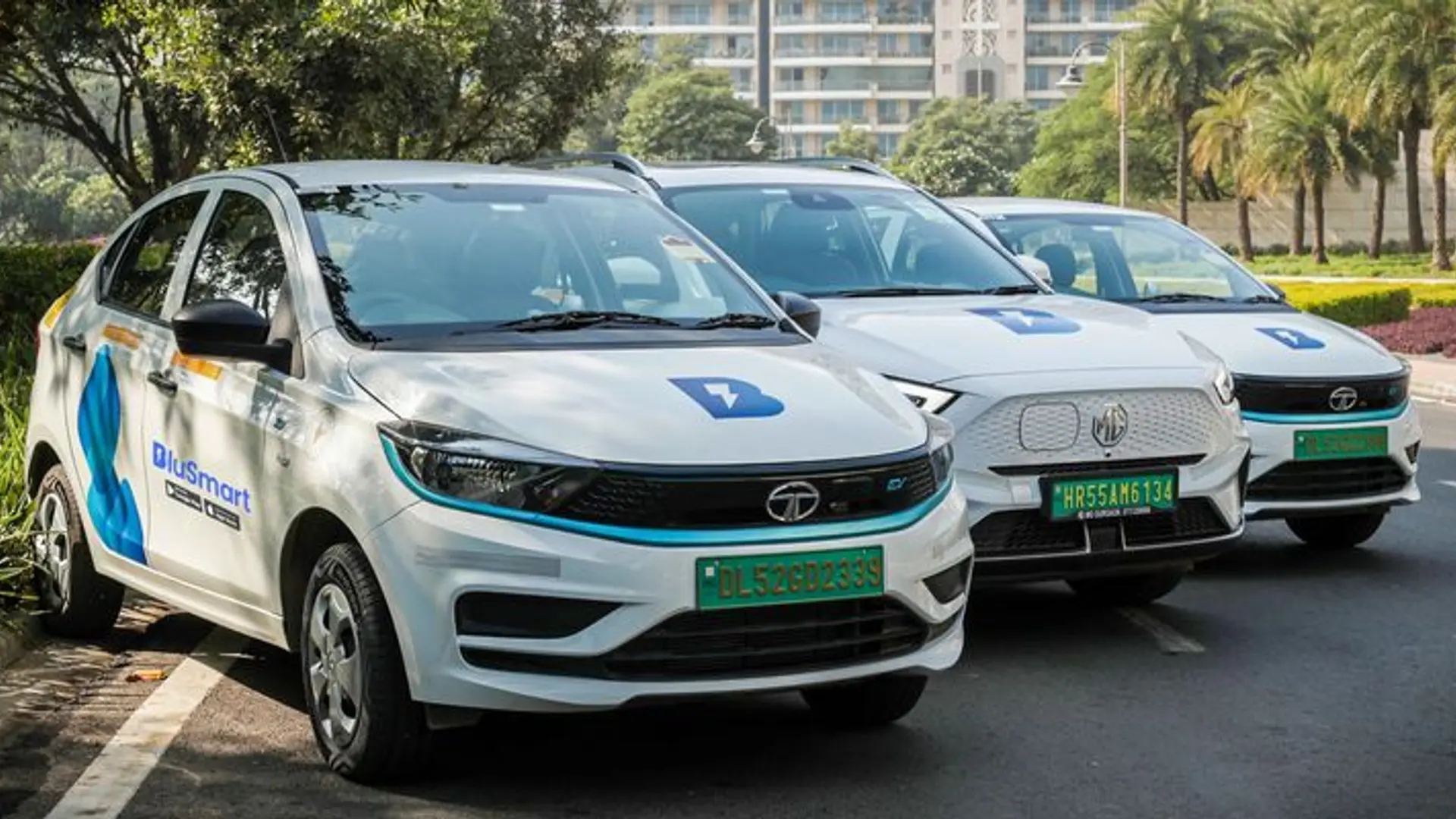Republic Day 2021: 11 facts about our country that will make you proud to be Indian
On Republic Day, we celebrate our country and the Indians who have made a mark on the world map.
India became the first country to launch an atomic energy programme in 1954.
Shortly after the Independence, a group of Indian scientists led by physicist Homi Bhabha convinced Prime Minister Jawaharlal Nehru to invest in the development of nuclear energy. The subsequent 1948 Atomic Energy Act led to the creation of the Indian Atomic Energy Commission “to provide for the development and control of atomic energy and purposes connected therewith."
India designs and builds Asia’s first nuclear reactor – Apsara nuclear reactor – in 1956.
Apsara is the oldest of India's research reactors. It was designed by the Bhabha Atomic Research Centre (BARC) and was built with assistance from the United Kingdom, which also provided the initial fuel supply, consisting of 80 percent enriched uranium.

Dr Prafulla Kumar Sen
Image: Wikipedia
Dr Prafulla Sen becomes the first doctor in Asia and fourth in the world to perform a heart transplant surgery in 1968.
Dr Prafulla Sen and a team of doctors performed the heart transplant procedure on a farmer who had been admitted to hospital for six months with severe cardiac issues. It took one month from the decision to transplant to find a donor. He was given the heart of a 20-year-old woman, who had sustained severe head injuries after falling from a train.
India designed its first space satellite in 1975 and named it after astronomer Aryabhata.
Satellite Aryabhata was assembled at Peenya, near Bengaluru, but was launched from within the former USSR on a Russian-made rocket on April 19, 1975.
ISRO’s Chandraayan-1 becomes the first to spot water on the moon.
Chandrayaan-1, India's first mission to Moon, was launched successfully on October 22, 2008, from Sriharikota. The satellite made more than 3,400 orbits around the moon and was the first satellite to find water on the lunar surface. The mission was concluded when the communication with the spacecraft was lost on August 29, 2009.
ISRO launches Mars Orbiter Mission (MOM), becoming the first Asian nation to reach Mars orbit and the first in the world to do so in the first attempt.
The Mars Orbiter Mission (MOM), also called Mangalyaan, is a space probe orbiting Mars since September 24, 2014. It was launched on November 5, 2013, by the ISRO. It is India's first interplanetary mission.

India has the largest standing military in the world.
The Indian Army is an all-volunteer force and comprises over 80 percent of the country's active defence personnel. It is the largest standing army in the world, with 1,237,117 active troops and 960,000 reserve troops.
India's mid-day meal scheme is the world’s largest food scheme for kids.
Launched in 1955, the mid-day meal scheme is a school meal programme under the Government of India, designed to better the nutritional standing of school-age children nationwide. The programme supplies free lunches on working days for 120,000,000 children in over 1,265,000 schools and education guarantee scheme centres.

103-year-old Himachal Pradesh resident Shyam Saran Negi has voted in every election held in Independent India.
Every Indian adult was given the 'Right to Vote' from the very first day after Independence.
The Constitution of India grants the Right to Vote to all of its citizens above the age of 18 years, irrespective of their class, caste, religion, gender, or their socio-economic status. In countries like the US, the universal franchise was given about 150 years after their independence.
One of the first nations in the world to have women in high offices, including the President, Prime Minister, Speaker of the Lok Sabha, and Leader of the Opposition.
While it is common knowledge that Indira Gandhi was the first woman Indian Prime Minister in 1966, and Pratibha Patil was the President, few know that women held key Cabinet positions soon after India became a Republic. They are Minister of Health Rajkumari Amrit Kaur (1947), Minister of State For Home Affairs Maragatham Chandrasekar (1962), and Minister of State of External Affairs Lakshmi N. Menon (1962).

Indian Railways is one of the largest networks in the world under single management.
Indian Railways reportedly ferries over 8.7 billion passengers and about one billion tonnes of freight a year. As of March 2019, Indian Railways' spanned a route length of 68,155 km, comprised 289,185 freight wagons, 74,003 passenger coaches, 12,147 locomotives, and employed 1.3 million people.
Edited by Suman Singh







